Two friends are creating a buzz with their ancient tipple
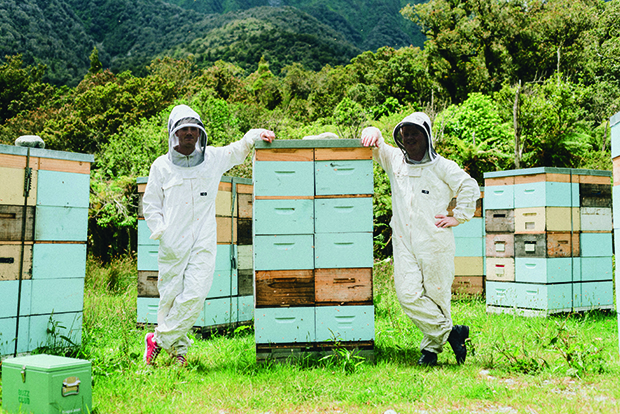
A honey obsession led a Canterbury beekeeper and his childhood friend to create an unorthodox golden libation picking up plenty of glittering gongs.
Words: Sarah Templeton Photos: Isabella Griffiths
It’s the early noughties, and a young Wilbur Morrison, on a school trip to a farm in rural Canterbury, is lining up with his classmates in front of a row of beehives. A frame is lifted, and each child uses a finger to nab a taste of sweet, sticky honey. For Wilbur, it’s the start of a lifelong enthusiasm.
Jump forward a decade or so. It’s now 2016, and Wilbur is studying agricultural science at Lincoln University, spending his summers on the West Coast learning hive management from beekeepers and eventually taking it on himself.
“Fair to say I was all in,” he says. “My spare time was spent reading about bees, talking about bees, or convincing my mates to come to give me a hand for a few days working with the bees.”
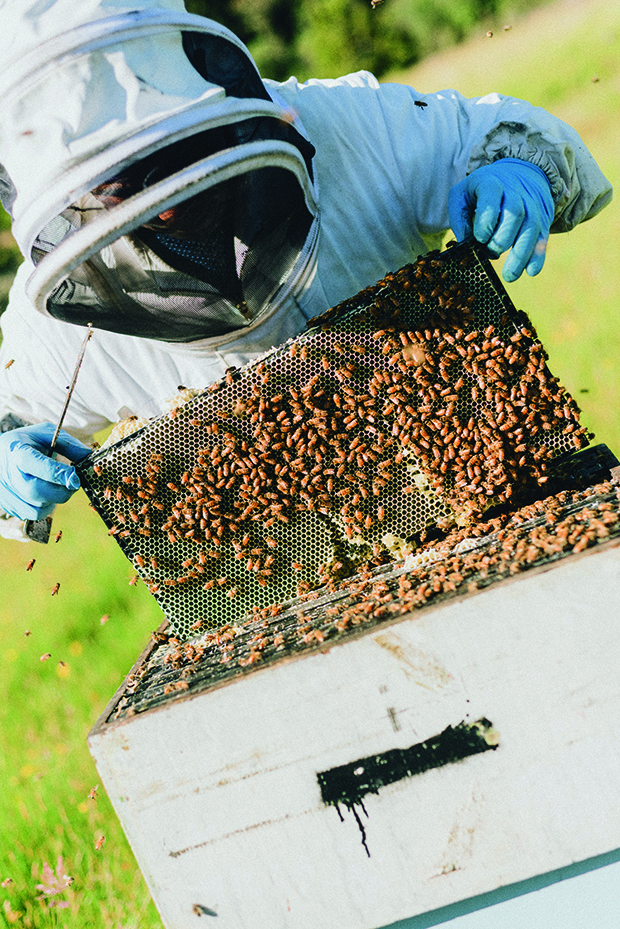
While his bees were busily building honeycomb, an idea of his own was taking shape. To brainstorm, he reached out to his childhood buddy Edward Eaton.
“Wilbur tapped me on the shoulder and said, ‘I have this idea. I’m thinking a lot about mead,’” Edward says.
The number of current university students with mead on the brain is likely negligible — something that would have surprised students of the 1600s. Mead, one of the world’s oldest alcoholic beverages, has deep roots. Traditionally a sweet wine of fermented honey, water and yeast, its exact date of origin is unknown. It appeared in Aristotle’s Meteorologica in 340BC, was referenced in Chaucer’s 14th-century The Canterbury Tales and, more recently, was the drink of choice for raucous onscreen extras in episodes of Vikings and Game of Thrones.
Wilbur also thought it might be a solution to a pressing apiculture issue. Beekeepers predominantly produced mānuka; thanks to its fame, it gained record returns and made a healthy profit. But other equally delicious and nutritious native types of honey weren’t selling. Keepers were being forced to walk away from experimental hives as the revenue was below the cost of production.
“Everyone was so devoted to mānuka; it was forgotten that we have these other varieties of honey that are just as premium in taste — if not better.”
The challenge took hold: could Wilbur’s love of other native honeys and interest in mead combine to make something delicious?
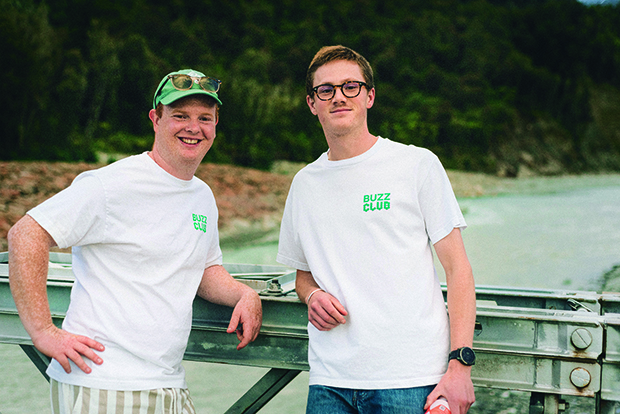
Working in the complementary field of design and marketing, Edward was only too happy to begin experimenting. It was a hobby for the first 18 months, with them brewing once a week. That became every weekend. Soon, they were brewing every day.
“The set-up was extremely homemade,” says Edward. “It was in a spare office of Wilbur’s parents on their farm in Darfield. It was as basic as it gets. That’s when we fell in love with brewing and fell in love with hanging out as friends again. We have a lot of good memories there.”
Wilbur and Edward first experimented with mānuka but ultimately passed it over for kāmahi and rātā honey sourced from West Coast hives and pōhutukawa from further north. Friends and family were happy to be testers in the name of product research and development.
But the young men battled to find a balance between the sweetness of honey and something light and fizzy enough to compete with the plethora of canned cider and ready-to-drink options in liquor stores.
“When scaling up the process, we were lucky to find some local brewers who helped us out — they were really helpful and just extremely patient,” says Edward.
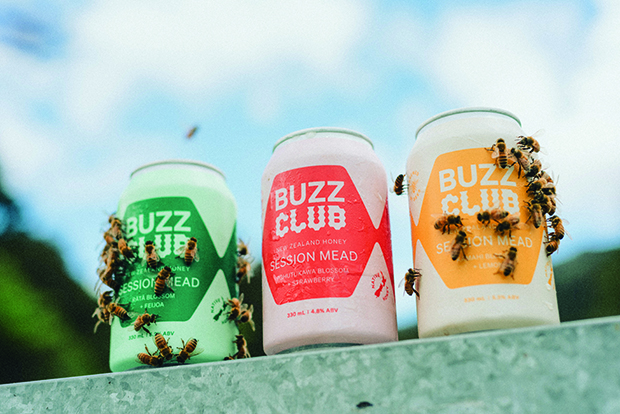
Their brand — Buzz Club — launched in Canterbury supermarkets in late 2020. As with any new venture, it encountered speed bumps, especially once it gained momentum, and the pair left the small-scale air-conditioned comfort of Wilbur’s dad’s spare office.
“A trap we fell into at first was that we made stickers that weren’t the right grade to stick onto the cans, so when they got wet, the stickers would fall off,” says Edward.
“Our boxes were the wrong size, so they were padded with extra bits of cardboard. We’d be loading them into the back of the car and driving straight from the brewery to the supermarkets — it was a very basic approach.”
Two years later, the brewing process is more automated and much more efficient. Buzz Club is now stocked nationwide and has picked up notable gongs: Simply Mead and Rātā Blossom + Feijoa Session Mead both won gold at last year’s Artisan Awards, while the Hopped Buzz (a blend of honey and New Zealand hops) and Pōhutukawa Blossom + Strawberry each earnt silver.

The pair’s focus now is growing the business and managing production, with Wilbur’s skills used in quality testing and working directly with keepers. “We contract-manufacture, which means we can lean on the experience and expertise of brewers. We know the specifications of the product we want, and they know their equipment, and we can put that knowledge together.”
Each December, the pair hits the road for the West Coast for a couple of days to don bee suits, visit their keepers/suppliers and check on the hives.
“It’s only a couple of days a year, but it’s so important for us to maintain that connection to the people and places of our honey,” says Edward.
“Each time we do, we’re struck by the scenery and by the beauty of the locations. It’s the coolest office in the world.”
Buzz Club Feijoa Marg Spritz
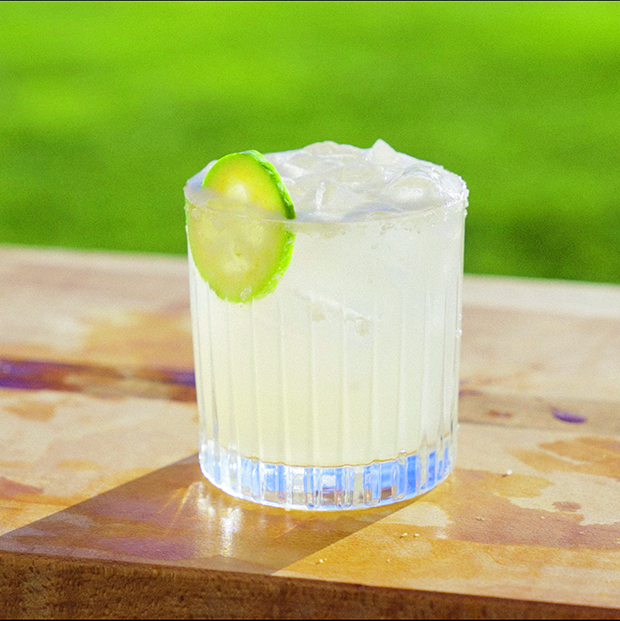
Makes: 1 cocktail
Rim a short glass with lemon or lime and salt and set aside.
Put ice, 45ml of tequila and 15ml of Cointreau in a cocktail shaker. Squeeze in the juice of half a lime (about 30ml). Add the pulp of one feijoa for a sweet and sour complement and shake for 20 seconds. Put ice into the prepared glass and strain over the drink.
Finally, top with Buzz Club Rātā Blossom + Feijoa Session Mead and garnish with a feijoa slice.
Buzz Club Bees Knees
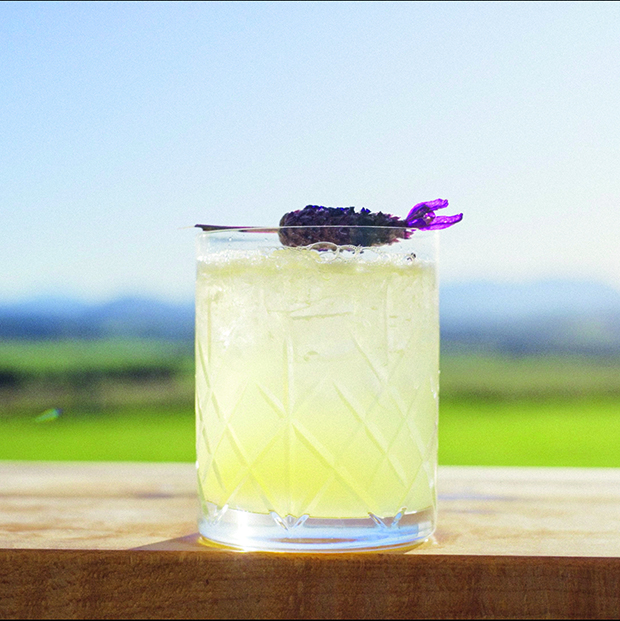
Makes: 1 cocktail
Add ice and 45ml of gin to a cocktail shaker. Squeeze in the juice of half a lemon, then add 15ml of honey syrup (adjust to your taste). Shake for 20 seconds. Strain the mix into a short glass.
Top with Buzz Club Kāmahi Blossom + Lemon Mead and garnish with a lavender sprig.
Love this story? Subscribe now!
 This article first appeared in NZ Life & Leisure Magazine.
This article first appeared in NZ Life & Leisure Magazine.

